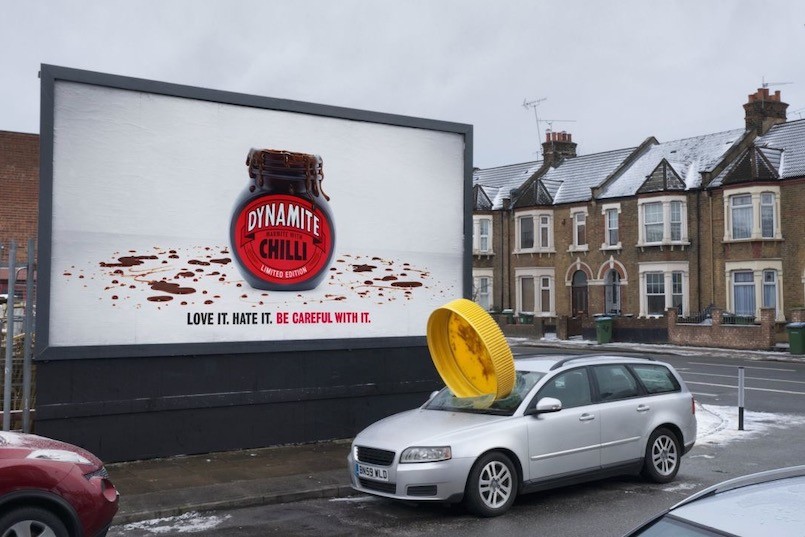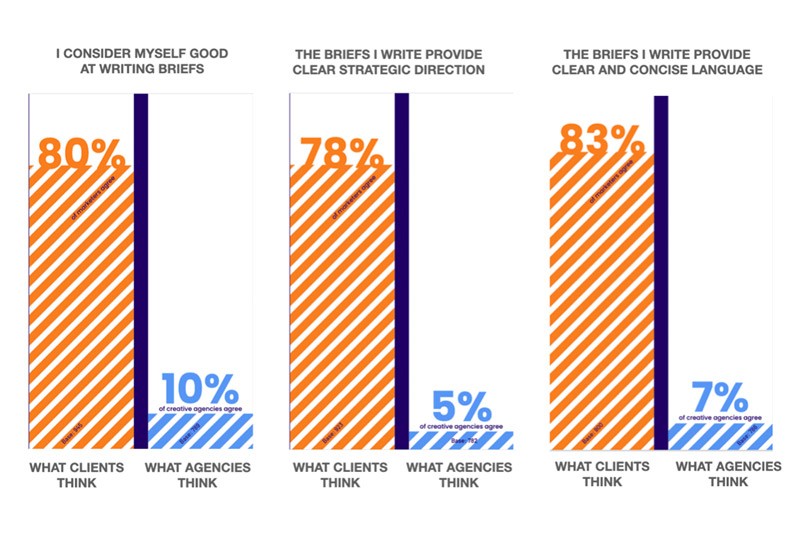Quite regularly a post will pop up on the LinkedIn feed that will make me pause and reflect on the advertising and marketing industry. Sometimes, it is simply examples of creative thinking that have shifted a category, other times innovation and insights that change the view of the marketing landscape, or a reminder of what it takes to get great ideas and great thinking to see the light of day.
Ultimately, the purpose of marketing is to create customers to drive growth, in the short, medium and longer-term. For advertising, the way this is achieved is to create standout ideas that attract the customer’s attention and create consideration to purchase. Great creative ideas that drive business growth are the core purpose of most great agencies. They are also high on the list of why advertisers choose agencies.
It was this celebration of a great idea that stopped me with this post by Julian Cole, Strategy Coach at Planning Dirty Academy.
In celebration of a great advertising idea
This LinkedIn post was accompanied by the image above of an outdoor ad and Julian wrote:
“I love this work!
Great ideas get presented every day in agencies.
Great relationships make those ideas a reality.
This work required relationships where people went beyond their daily job to help others;
- Creatives worked with media to find the special out of home (OOH) board where they could do this
- Media/OOH sales worked with the local council to approve the smashed car
- Marketing worked with legal to approve leaving a smashed car on the street
- Marketing worked with finance to explain why they are tripling the budget for one board
- Creative worked with PR to ensure the image spread online as most people will see it on a screen, not IRL
I worked on enough ideas to know that getting all those relationships to line up is rare. Well done to the whole team for making this idea a reality”.
You can read his post here, along with the comments from a range of industry people, including yours truly, who wrote at the time “When people complain about the lack of great work, this makes you realise that one weak link, one point of lack of care and the whole thing fails. Perhaps it is more surprising the great work that gets through?”.
Now the part that particularly stopped me is the list of people and the actions they needed to take to make this idea come to fruition. It is by no means a comprehensive list. In fact, it is particularly light in many areas. But consider this, how many people does it take to make great advertising?
How many people does it take to make a great ad about a light bulb?
One answer is the same number of people it takes to make the advertising that becomes the wallpaper to the cultural landscape. The same number of people it takes to do the sort of advertising that never gets noticed or worse has no impact on a client’s business or growth. But the actual number of people can be in the hundreds.
Think about it? Think of the people in marketing, in the advertising agencies, inside the agencies in account management, strategy, creative, production. Think of the media agency, the public relations agency, the activation agency and more. Think of the people outside the agency in production, media sales, media production, installation. As Julian points out, think of the people in legal, the local council. Before the brief was even written, think of the people in research, data analytics and insights. The list goes on and on and on.
If you want tangible proof of the size of this list, consider how some of the credits for creative awards these days take up more space than the work, by the time all of the people that need to be credited for the work, are credited for the work.
Yet all it takes is one weak link in the chain to stop it
Julian points out and celebrates the positive in his post. He champions the hard work, dedication and care and attention of those involved to make this happen. But what he does not say, and what I commented, is the truth. All it takes is one person not to care and not to try and not to do what is needed for this to fail.
Edward de Bono talks about the difference between rock logic and water logic in his book “I am right,you are wrong”. He points out that the western philosophy to ideas, based on the teaching of Plato, is rock logic. The idea is placed in the centre of the room and everyone brings their rock to the table to see if they can break the idea and therefore prove it unworthy. While the eastern approach is water logic. This is where each person brings a drop of water to add to the power of the idea. The idea grows from a drop of water into a stream and then a river and finally has the power of the ocean.
But even worse, is when an idea has survived the trial by rock logic, only to fail through apathy, lack of attention or care. But with so many people involved in the process, how can you possibly know where the process is failing you? There are some who will believe that rock logic is at work here and that the failure of the idea is because it is not strong enough to survive. However, James Webb Young, in his book “A technique for producing ideas” points out that the creation of the idea is just the starting point. Having been created, ideas need to be nurtured and fostered through the process to reach maturity to have an impact.
How robust is your idea nurturing process?
Often, we will hear from marketers wanting to find a new agency. Why? Because the incumbent is not creative enough. They are not coming up with the ideas? Yet, this same agency will be one that is producing outstanding ideas for other clients. So, what is the problem?
For this reason, we have developed a number of different tools and approaches to measure the complexity, alignment and performance of the whole advertising supply-chain process. All right, you got me. These tools are surveys. Now every good marketer will have some type of survey in place to capture and assess the performance of an individual agency, even if it is a simple scorecard or something they mocked up on Survey Monkey using the Net Promoter Score template.
These tools are just like that but on steroids. Imagine how many groups of people and individuals there are in your go-to-market process for advertising? Now imagine surveying all of them and getting the results in a way that makes sense and provides the insight you can use instantly. That is what we deliver with Evalu8ing and the Complexity Monitor.
Imagine, instead of having to change agencies, hoping to find one that works, you could actually evaluate the agencies and suppliers you are working with to find out how to improve your creative effectiveness now?
Our Relationship Performance Evaluation service measures collaboration and alignment between marketing team agencies to maximise your collaborative output. Learn more here




